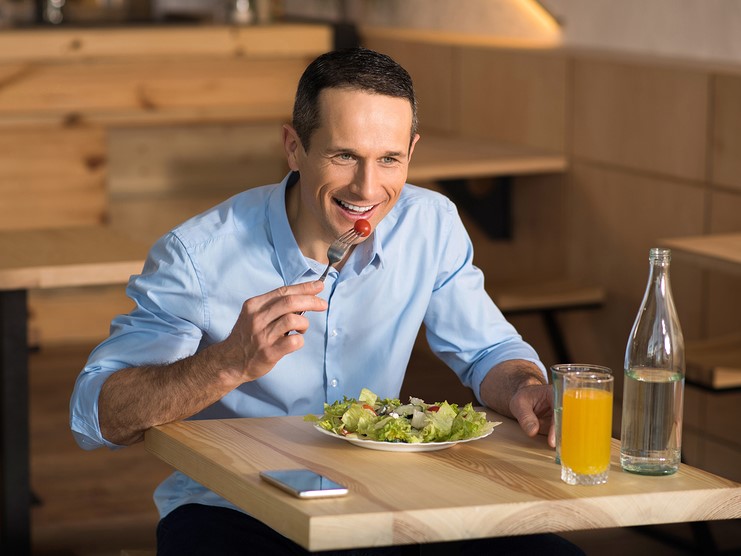
Australians are spending more time eating out on their own, a trend restaurant chains need to take into account as they develop and grow their brands.
That’s according to the latest CREST trends report released by leading global research company, the NPD Group.
The data reveals there is also a blurring of dedicated mealtimes. Consumers are eating at times outside the breakfast, lunch and dinner slots.
Gimantha Jayasinghe, deputy managing director, APAC, at The NPD Group explains why single diners are more common.
“Our time-poor population sees solo dining as a way to eat alone and avoid having to make dining arrangements. The latest Census data shows there’s been a rise in single households to almost one in four, so all signs are pointing to the necessity, the ease and the convenience of eating out alone.”
Takeaway leads the market for solo dining with 59 per cent traffic share and 30 per cent Contribution to Growth (CTG).
However eating alone at a cafe or restaurant accounts for 41 per cent traffic share and a massive 70 per cent CGT.
Solo dining offers new opportunities
Lunchtime is the largest daypart in Australia and creates opportunities for franchisors to embrace the single dining trend.
Jayasinghe says “This occasion has been trailing behind other meal times, and this particular area provides an opportunity for operators to grow their lunchtime solo dining focus.
“With the rise of single households, many don’t see the appeal of cooking for one, so providers could offer another level of convenience and explore options such as offering a 2-for-1 deal, which means diners can take one meal home and reheat it for dinner later.
“This is an opportunity that is gaining traction in the US and could translate to the Australian market.”
The report shows there is a big swing towards eating alone at breakfast time. Today 60 per cent of Australians are eating breakfast by themselves; 50 per cent are consuming a morning snack alone.
Single diners at night are a growing trend. Right now just 21 per cent of Australian consumers are choosing to eat out on their own but this figure continues to rise.
“Solo dining is a very different occasion to group meals and should be approached differently. Those in the industry need to consider the solo diner across all elements of their foodservice offering in order to harness the growth of this market,” says Jayasinghe.
What food franchisors should consider
Food operators should review business models and find fresh ways to attract solo diners.
“Restaurant layout, individualised experiences and engagement, menu development, portion size, packaging and waiting times all play critical roles in meeting the demands of this area. Restaurants and cafes also need to think about weekdays as 77 percent of solo dining experiences take place during the typical working week,” says Jaysinghe.
Solo dining by state
New South Wales and Victoria are growing fastest in the solo dining space, with New South Wales snapping up 35 per cent traffic share and 42 per cent CTG.
In comparison Victoria takes a 31 per cent traffic share and 42 percent CTG over a three-year period. This shows that solo dining occasions are concentrated in high population metro areas.
“The fact is, in a lot of big cities, people don’t even look twice when you’re eating by yourself,” says Jayasinghe.
“Middle aged working consumers are the core solo diners in Australia, with a stronger association for male solo dining (61 percent) due to the workforce makeup.”
White collar works account for 36 percent of solo diners, with 57 percent between the ages of 25 to 49.
- How is your franchise accommodating the solo dining trend?

